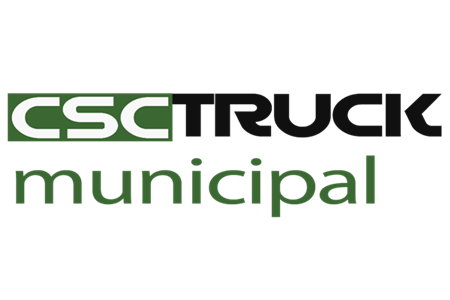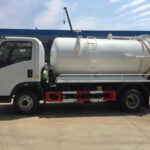Introduction
Clean and well-maintained streets are crucial for the overall livability of cities and towns. Street cleaning plays a significant role in maintaining cleanliness and removing debris, litter, and pollutants from urban environments. Traditionally, street cleaning has been performed manually or with basic mechanical tools. However, with the rapid advancement of technology, sweeper truck technology has evolved to offer more efficient, sustainable, and innovative solutions. In this article, we will explore the future of street cleaning and the advancements in sweeper truck technology that are revolutionizing this essential task.
- Autonomous Sweeper Trucks: The Rise of Automation
One of the most significant advancements in sweeper truck technology is the integration of autonomous capabilities. Autonomous sweeper trucks are equipped with advanced sensors, artificial intelligence, and machine learning algorithms that enable them to navigate streets, detect and remove debris, and clean efficiently without human intervention. These vehicles utilize a combination of cameras, lidar, radar, and GPS systems to map their surroundings, detect obstacles, and plan optimal cleaning routes. With autonomous sweeper trucks, cities can significantly improve the speed and efficiency of street cleaning operations while reducing labor costs.
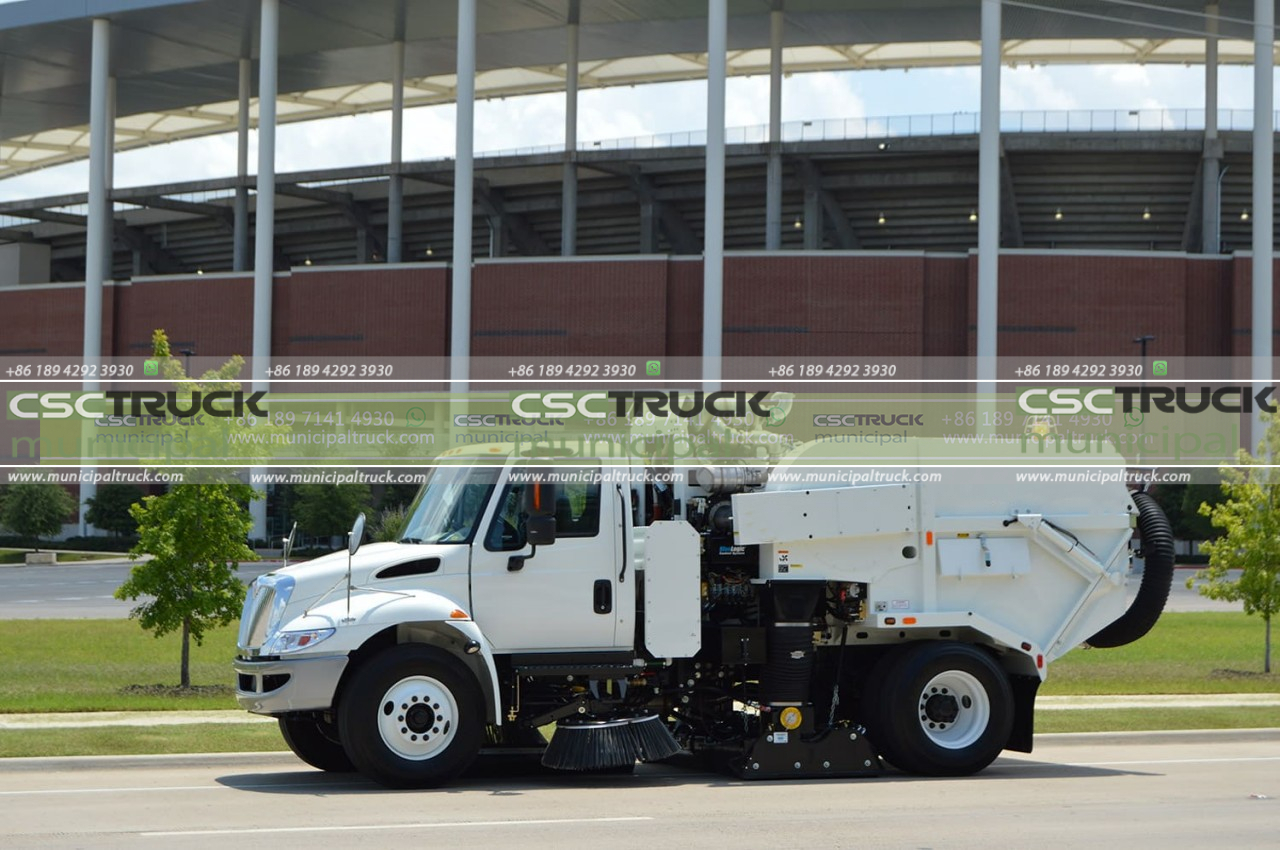
- Electric and Hybrid Sweeper Trucks: Embracing Sustainability
As sustainability becomes an increasingly important aspect of urban development, the street cleaning industry is also shifting towards more eco-friendly solutions. Electric and hybrid sweeper trucks are emerging as viable alternatives to conventional diesel-powered vehicles. Electric sweepers are powered by electricity, resulting in zero tailpipe emissions, reduced noise pollution, and lower operational costs. Hybrid sweepers, on the other hand, combine an electric motor with a small internal combustion engine, providing greater range and flexibility. The integration of electric and hybrid sweeper trucks not only contributes to cleaner air quality but also aligns with the global efforts to combat climate change.
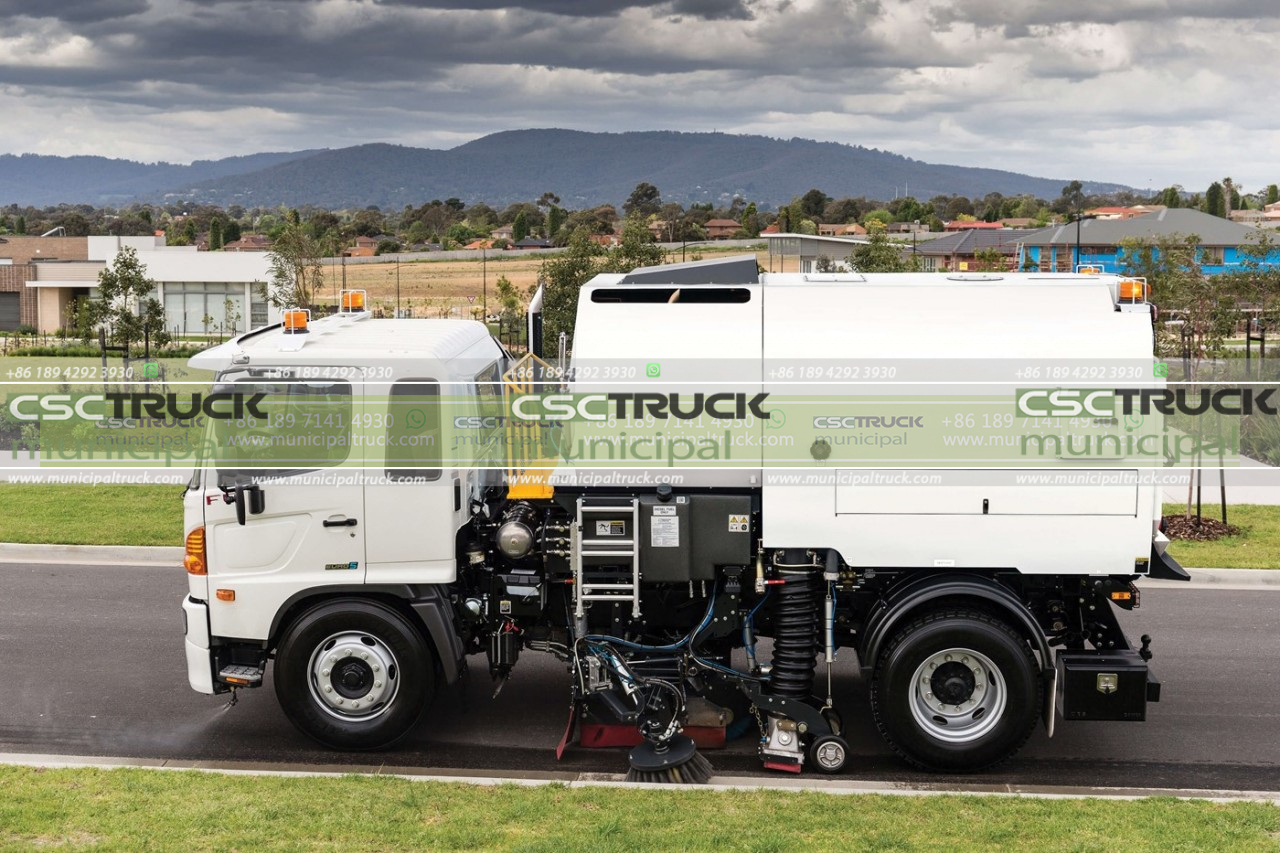
- Sensor Technology and Data-driven Cleaning
Advancements in sensor technology have revolutionized the way sweeper trucks operate. Advanced sensors can detect and analyze various parameters such as dust levels, air quality, temperature, and humidity. By collecting and analyzing this data in real time, sweeper trucks can optimize their cleaning processes, focusing on areas with higher pollution levels or specific cleaning requirements. Furthermore, data-driven cleaning enables cities to prioritize their resources effectively, ensuring that street cleaning efforts are targeted where they are most needed. This data can also be used to monitor and track the effectiveness of cleaning operations over time, leading to continuous improvements and better decision-making.
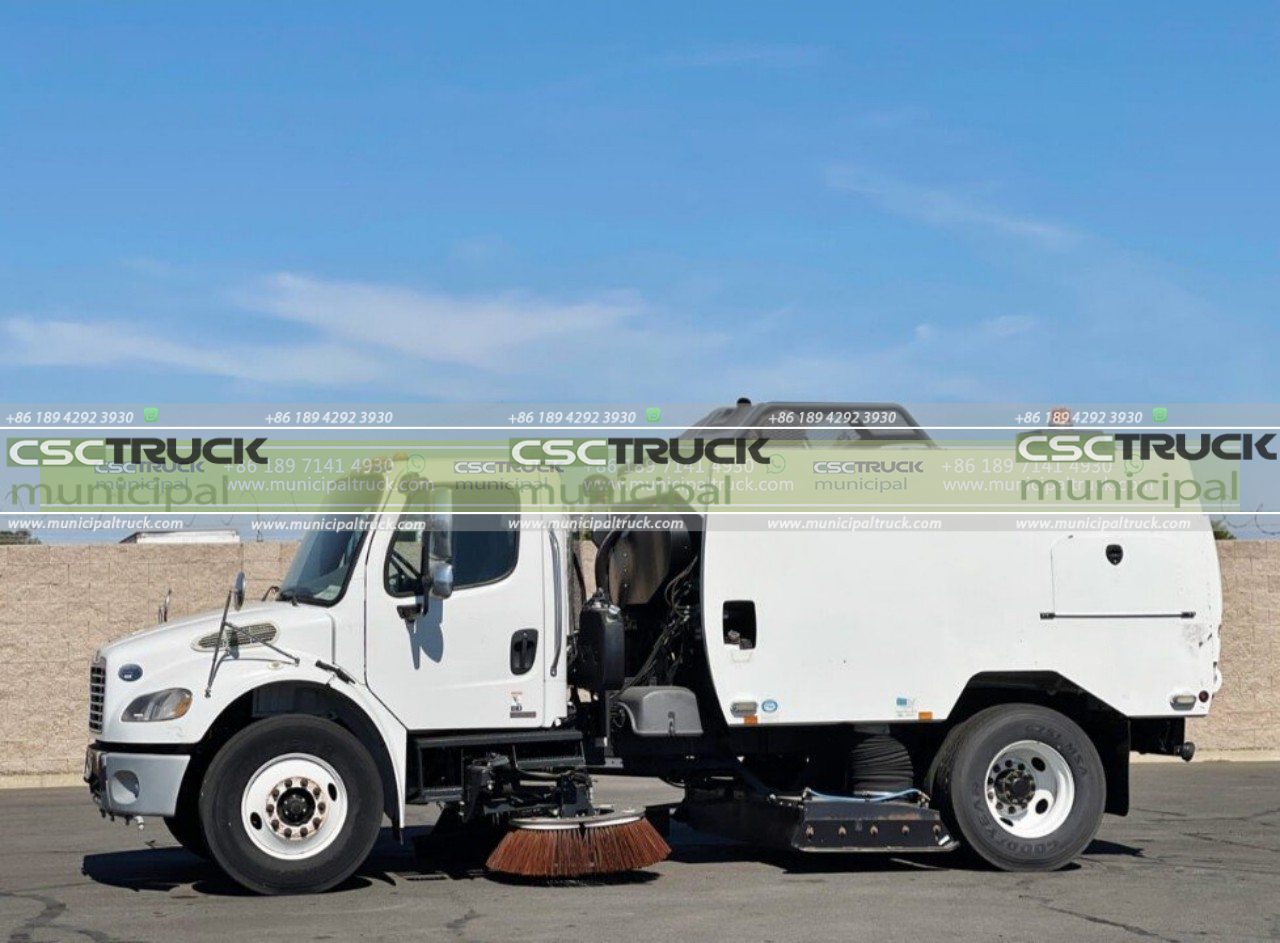
- Waste Management and Recycling Integration
In the future, sweeper truck technology is expected to integrate more advanced waste management and recycling capabilities. By incorporating onboard sorting and separation systems, sweeper trucks can separate recyclable materials from general waste, reducing the amount of waste sent to landfills. This integration promotes a circular economy and reduces the environmental impact of street cleaning operations. Additionally, the collected waste can be processed to recover valuable resources, such as energy or raw materials, further enhancing sustainability efforts.
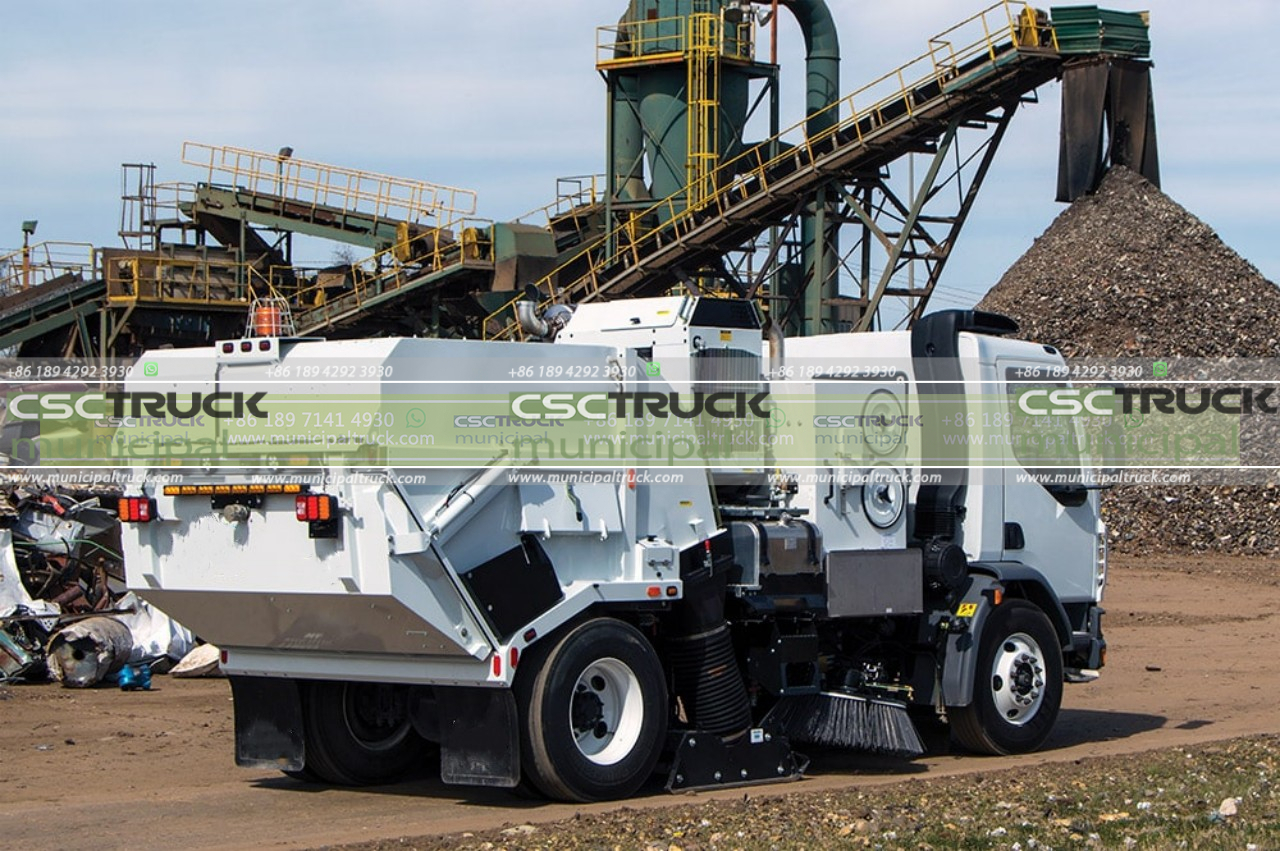
- Robotic Systems for Specialized Cleaning
Certain areas and surfaces require specialized cleaning techniques that can be challenging to achieve with conventional sweeper trucks. Robotic systems are being developed to address these specific cleaning needs. These robots are designed to clean sidewalks, bike lanes, and other hard-to-reach areas with precision and efficiency. Equipped with advanced brushes, suction systems, and water jets, these robots can remove dirt, debris, and stains effectively. By utilizing robotic systems alongside traditional sweeper trucks, cities can ensure comprehensive cleaning coverage across all types of surfaces.
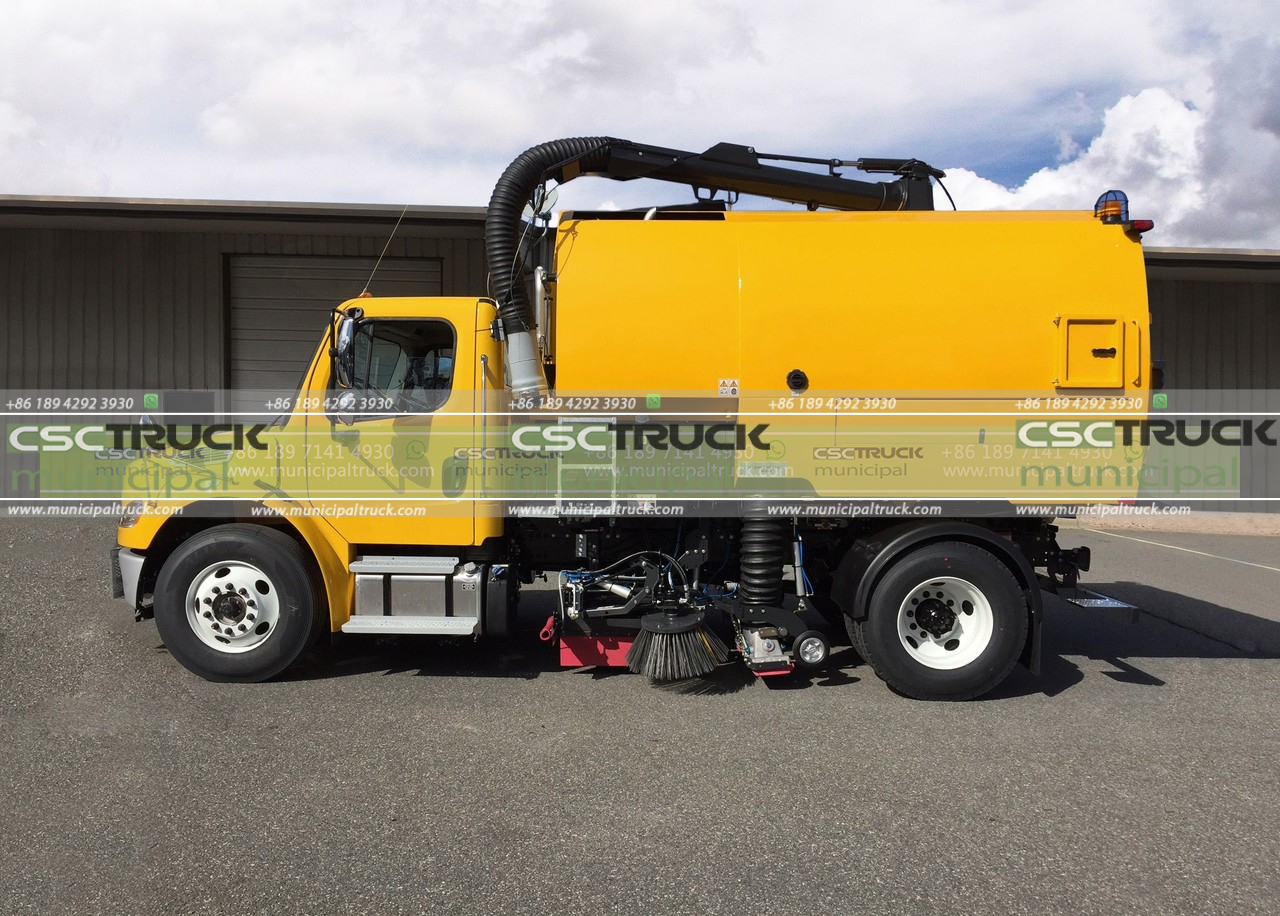
- Augmented Reality (AR) and Virtual Reality (VR) for Training and Maintenance
The future of street cleaning also includes the integration of augmented reality (AR) and virtual reality (VR) technologies for training and maintenance purposes. AR and VR can provide immersive and interactive experiences for training sweeper truck operators. Through simulated scenarios, operators can learn how to maneuver the vehicles, operate the cleaning mechanisms, and respond to different cleaning challenges. This technology enhances the training process, ensuring that operators are well-prepared and equipped with the necessary skills to maximize the efficiency of sweeper trucks.
Furthermore, AR and VR can be utilized for maintenance and troubleshooting tasks. Technicians can wear AR-enabled devices that overlay relevant information and instructions onto the physical components of the sweeper truck. This technology allows for real-time guidance during repairs, reducing downtime and improving maintenance efficiency. By harnessing the power of AR and VR, street cleaning agencies can optimize their operations and ensure that sweeper trucks are in optimal working condition.
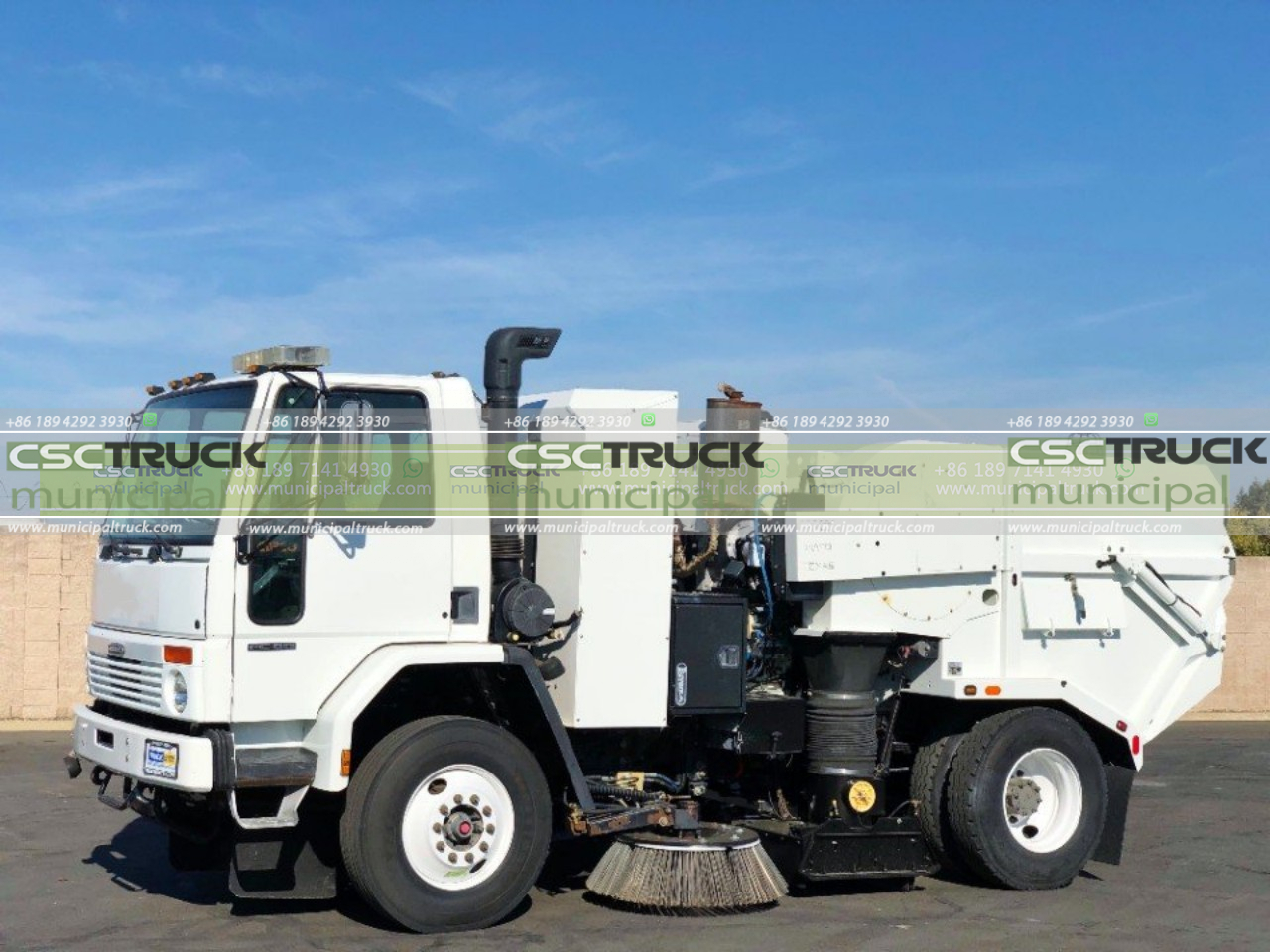
- Integration with Smart City Infrastructure
The future of street cleaning is intricately linked with the development of smart city infrastructure. Sweeper trucks can be integrated into the broader ecosystem of smart cities, enabling seamless coordination and data exchange between various urban systems. For example, by integrating smart sensors and connected infrastructure, sweeper trucks can receive real-time data on traffic patterns, pedestrian flows, and air quality, allowing them to adjust their cleaning routes and schedules accordingly. This integration ensures that street cleaning efforts are aligned with the specific needs of the city and its inhabitants, enhancing overall cleanliness and livability.
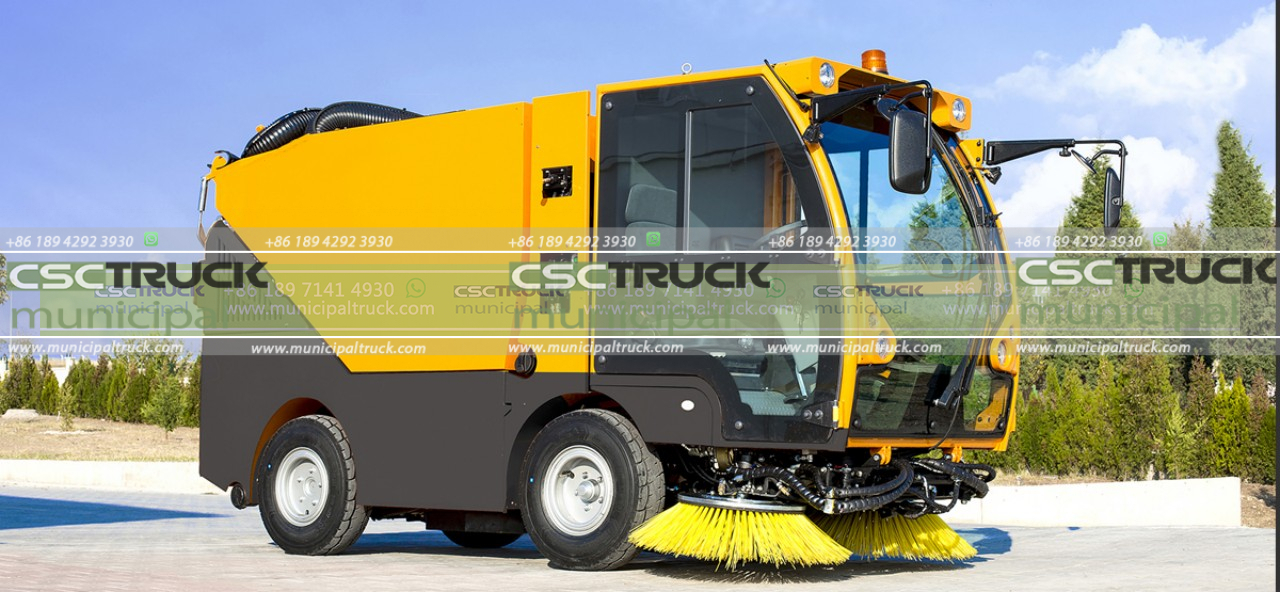
- Collaboration with Citizens: Crowdsourcing Cleaning Efforts
In the future, sweeper truck technology may also facilitate citizen participation in street cleaning. Mobile applications and platforms can be developed to enable citizens to report litter, debris, or other cleaning needs in their neighborhoods. This crowdsourcing approach empowers residents to actively contribute to the cleanliness of their communities and provides valuable data to sweeper truck operators. By involving citizens in the cleaning process, cities can foster a sense of ownership and collective responsibility for maintaining clean streets.
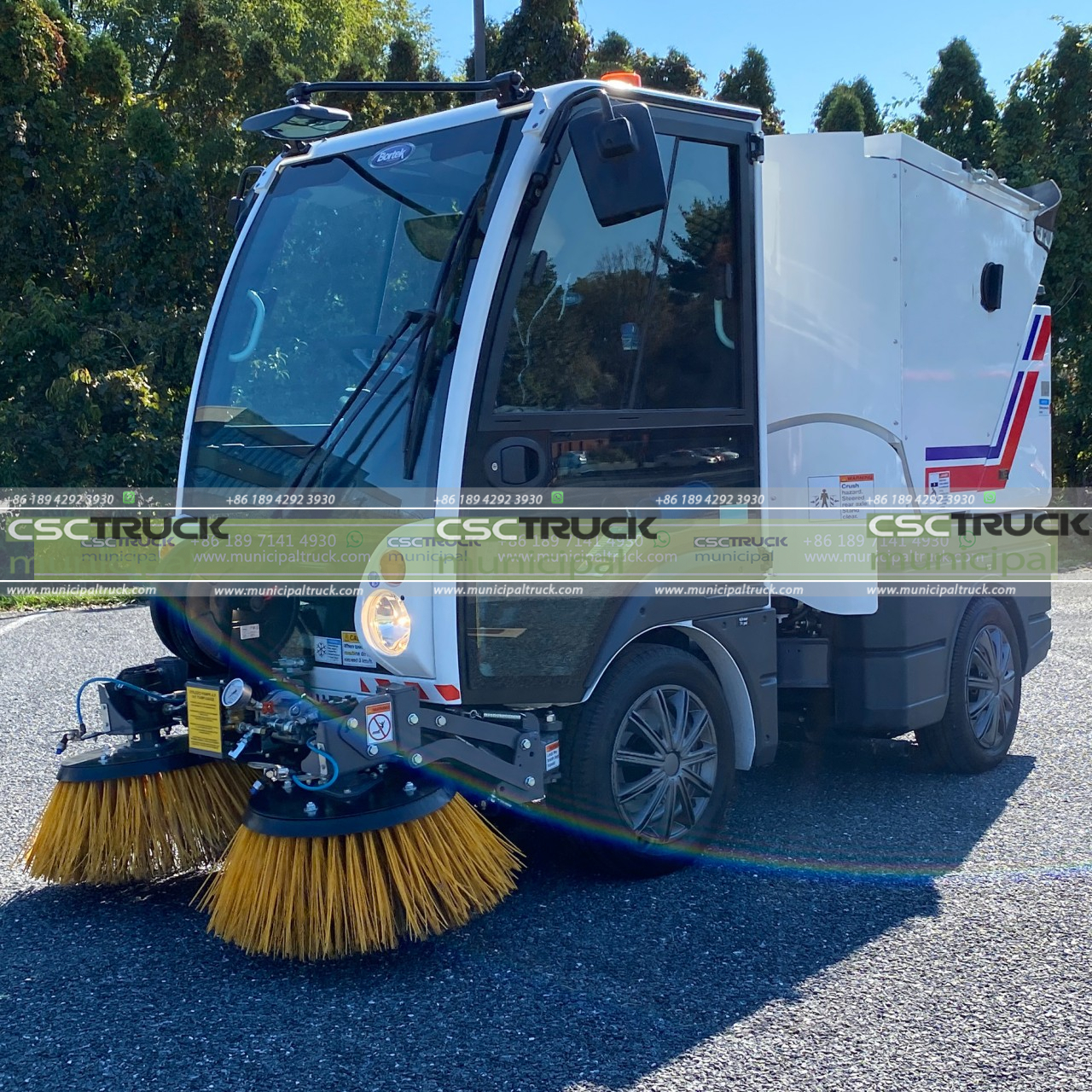
Conclusion
The future of street cleaning is bright, thanks to the advancements in sweeper truck technology. Autonomous capabilities, electric and hybrid power, sensor technology, waste management integration, robotic systems, AR and VR training, and smart city integration are all transforming the way we approach street cleaning. These advancements offer more efficient, sustainable, and innovative solutions that contribute to cleaner and healthier urban environments. As cities continue to grow and face increasing challenges in maintaining cleanliness, the evolution of sweeper truck technology will play a crucial role in creating cleaner, more livable communities for generations to come.
Contact us for this municipal truck or similar trucks: [email protected] Call us or What's APP us: +86 189 4292 3930
